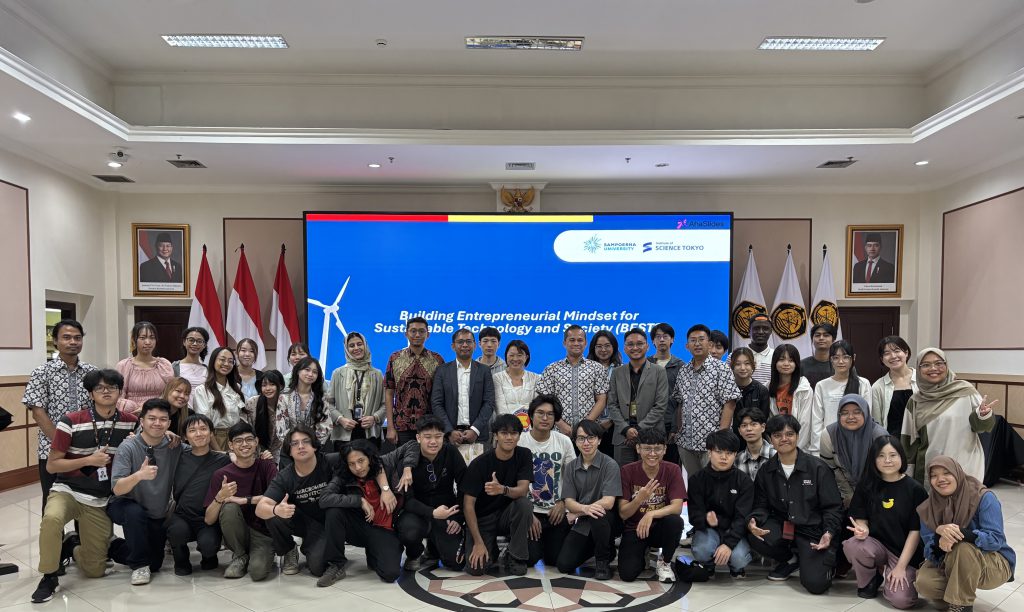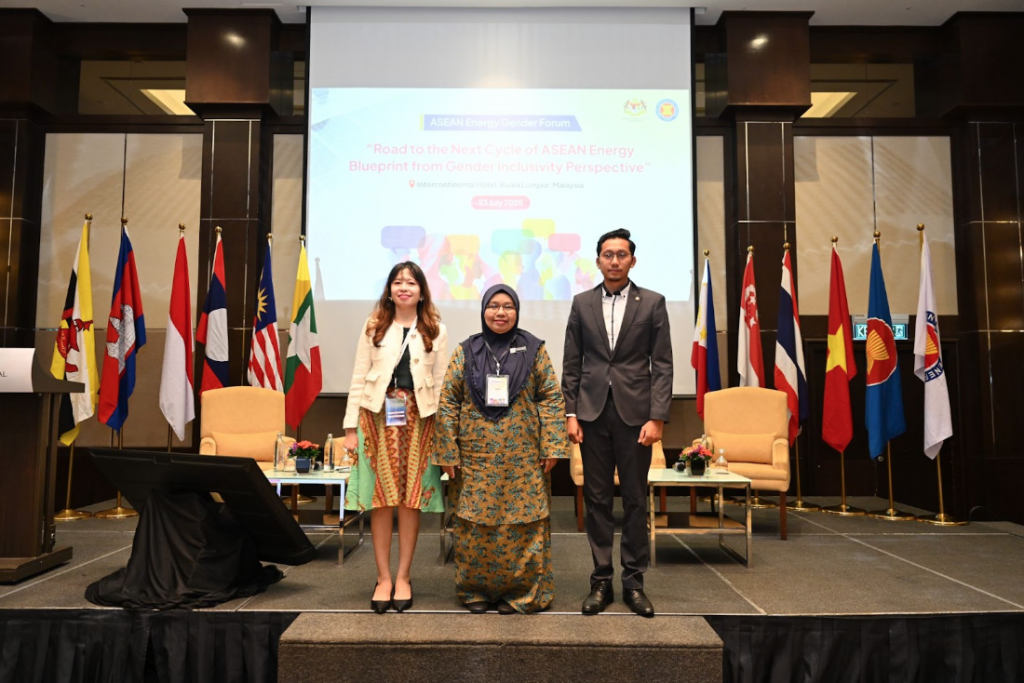State Climate Action
Lao PDR has several programs under the climate action umbrella. Launched in 2019, the Lao PDR’s National Green Growth Strategy to 2030 addresses the country’s climate change adaptation strategies, aiming to reduce the country’s vulnerability to climate change. Putting in mind the experience of disadvantaged groups, the plan encompasses 4 cross-cutting areas, 7 focused sectors for promotion and 5 supporting sectors. Combating climate change and its impacts also becomes one of the focuses stipulated by the country’s 9th Five-Year National Social-Economic Development Plan 2021-2025.
 NDC Document
NDC Document
Source: UNFCCC NDC – Lao PDR
To secure a future where Lao PDR is capable of mitigating and adapting to changing climatic conditions in a way that promotes sustainable economic development, reduces poverty, protects public health and safety, enhances the quality of Lao PDR’s natural environment, and advances the quality of life for all Lao People.
To achieve the above vision, Lao PDR has outlined the following intended mitigation activities to be implemented in 2015 – 2030.
In 2020 it is estimated that national GHG emissions will be around 53,000 ktCO2e, this has been through the reduction of GHG mitigation measures that have been implemented since 2000. Lao PDR achieved a 34% reduction in emissions between 2000 and 2020 compared to the baseline scenario while the GHG emission growth rate during the period can be estimated at around 0.3% on average annually.




